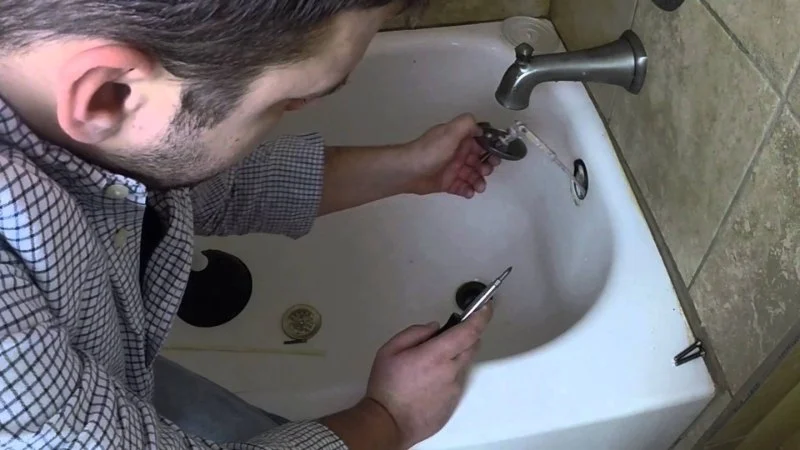
What to Do When Your Bathtub Drains Slowly
- 1. Understanding Slow Drain Issues in Bathtubs
- 2. Common Causes of Slow Bathtub Drains
- 3. How to Fix a Slow Bathtub Drain
- 4. When to Call a Plumber
- 5. Preventive Maintenance for Your Bathtub Drain
- 6. Best Products for Maintaining Bathtub Drains
1. Understanding Slow Drain Issues in Bathtubs
Experiencing a slow-draining bathtub can be a frustrating issue, especially when you’re trying to enjoy a relaxing bath or shower. While it may seem like a minor inconvenience, slow drainage can often be a sign of a bigger plumbing problem. It’s important to understand what causes the issue and how to address it before it escalates into a more costly and disruptive problem.
In this article, we’ll explore the common causes of slow bathtub drains, how to fix them, and tips for preventing future clogs. Whether you're a DIY enthusiast or prefer to call in the professionals, this guide will help you maintain a well-functioning bathtub drain.
2. Common Causes of Slow Bathtub Drains
There are several reasons why a bathtub might drain slowly. Understanding the cause of the problem is key to determining the best solution. Here are some of the most common causes:
Clogged Drain Pipe
Over time, hair, soap scum, and other debris can accumulate in your bathtub’s drain pipes, creating a blockage that restricts water flow. This is one of the most common reasons for slow drains, and it's usually easy to address with a plunger or drain cleaner.
Built-up Soap Scum and Mineral Deposits
Soap scum and mineral deposits can build up inside the drainpipe, especially if you have hard water. These deposits can narrow the pipe and slow down water flow. Regular cleaning can help prevent this issue.
Incorrect Slope of the Drain Pipe
If the drain pipe isn’t installed with the correct slope, water may not flow freely toward the main sewer line. This issue may require professional adjustment of the pipe, but it’s something to consider if other solutions don’t work.
3. How to Fix a Slow Bathtub Drain
Once you’ve identified the cause of the slow drain, you can take steps to fix it. Here are some methods to clear a slow-draining bathtub:
1. Use a Plunger
A plunger can be an effective tool for clearing minor blockages. Make sure to cover the overflow drain with a wet cloth to create a seal, and then plunge the drain vigorously. This can often dislodge hair or soap scum that is causing the slow drain.
2. Use a Drain Snake
If plunging doesn’t work, a drain snake is an excellent next step. A drain snake is a long, flexible tool that you can insert into the drain to break up or retrieve debris blocking the pipe. It’s effective for more stubborn clogs and can be purchased at most hardware stores.
3. Try a Homemade Drain Cleaner
You can use a mixture of baking soda and vinegar to break down mild clogs. Pour about 1/2 cup of baking soda down the drain, followed by 1/2 cup of vinegar. Let the mixture sit for 15-20 minutes, then flush with hot water. This method is eco-friendly and can help prevent future buildup.
4. Use a Chemical Drain Cleaner
If natural remedies don’t work, a chemical drain cleaner may be necessary. These products contain powerful ingredients that break down grease, hair, and soap scum. Be sure to follow the manufacturer’s instructions and use the product in a well-ventilated area.
4. When to Call a Plumber
While many slow drain issues can be resolved with DIY methods, some problems require professional attention. Here are a few signs that it’s time to call a plumber:
- Repeated Clogs: If your bathtub continues to drain slowly despite your efforts to fix it, there may be a deeper problem with your pipes that requires professional tools and expertise.
- Smelly Drain: A foul odor coming from the drain can indicate a serious clog or even mold growth inside the pipes, which needs to be addressed by a plumber.
- Water Backing Up: If water backs up into other drains when you try to use the bathtub, there may be a larger plumbing issue affecting the whole system.
5. Preventive Maintenance for Your Bathtub Drain
Preventing slow drains before they happen is the best approach for maintaining a healthy bathtub. Here are some maintenance tips to keep your drain flowing smoothly:
Regular Cleaning
Periodically clean your bathtub drain with a natural cleaner, such as baking soda and vinegar, to prevent buildup. Regular cleaning can prevent soap scum, hair, and other debris from clogging the pipes.
Install a Drain Guard
A drain guard or hair catcher can be placed over your drain to catch hair and other debris before they enter the pipes. This simple tool can prevent clogs and keep your drain in good condition.
Flush with Hot Water
Once a week, flush your bathtub drain with hot water to help dissolve any soap scum or grease buildup. This can help keep your drain clear and reduce the chances of a slow drain.
6. Best Products for Maintaining Bathtub Drains
To maintain your bathtub drain, consider using these products for regular care and maintenance:
- Drain Cleaners: Chemical or natural drain cleaners help prevent clogs and keep your drains clear. Look for eco-friendly options if you want to minimize your environmental impact.
- Hair Catchers: A drain guard or hair catcher is a simple, inexpensive way to prevent hair from blocking your pipes.
- Plungers and Drain Snakes: Keep a plunger and drain snake on hand for quick fixes when your bathtub starts draining slowly.
For high-quality plumbing tools and drain maintenance products, visit Plumbers Supply Hub, where you can find everything you need to keep your bathtub drain functioning properly.








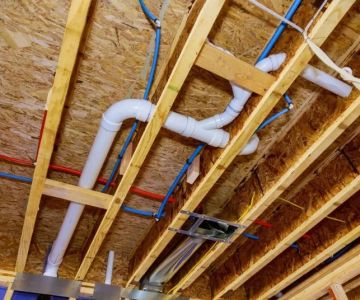
 Roto-Rooter Plumbing & Water Cleanup4.0 (2110 reviews)
Roto-Rooter Plumbing & Water Cleanup4.0 (2110 reviews) Maxson Services Plumbing4.0 (73 reviews)
Maxson Services Plumbing4.0 (73 reviews)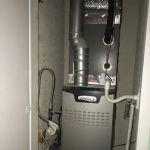 Emergency Plumber & Air Condition Delta5.0 (89 reviews)
Emergency Plumber & Air Condition Delta5.0 (89 reviews) Roto-Rooter Plumbing & Water Cleanup4.0 (1015 reviews)
Roto-Rooter Plumbing & Water Cleanup4.0 (1015 reviews) Ballard's Plumbing, Heating, and Air Conditioning4.0 (353 reviews)
Ballard's Plumbing, Heating, and Air Conditioning4.0 (353 reviews) J.M. Cashdollar Plumbing4.0 (15 reviews)
J.M. Cashdollar Plumbing4.0 (15 reviews)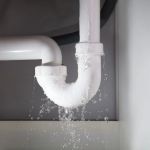 How to Fix a Sink That Rattles When Water Runs: Troubleshooting Guide
How to Fix a Sink That Rattles When Water Runs: Troubleshooting Guide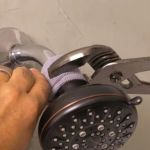 How to Replace a Showerhead with Low Flow Design for Water Conservation
How to Replace a Showerhead with Low Flow Design for Water Conservation How to Replace a Faulty Pressure Relief Valve
How to Replace a Faulty Pressure Relief Valve How to Clean Out a Septic Drain Field Safely
How to Clean Out a Septic Drain Field Safely The Complete Guide to Replacing a Kitchen Sink Drain
The Complete Guide to Replacing a Kitchen Sink Drain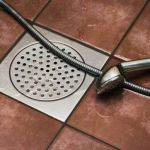 How to Replace an In-Wall Shower Drain
How to Replace an In-Wall Shower Drain